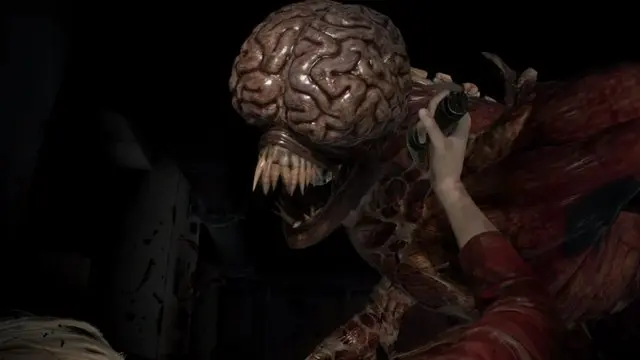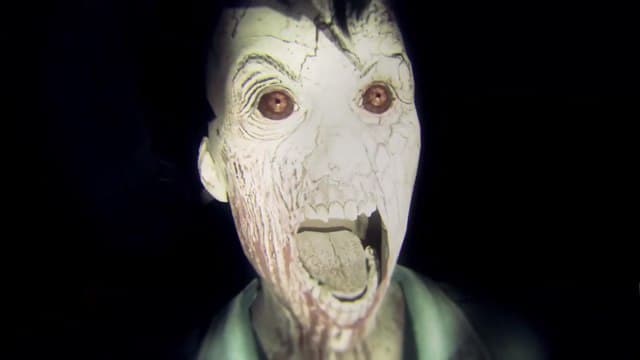14Comments
PUBLISHED
UPDATED
Could Resident Evil's t-Virus Really Exist?
About the Author
Alex Tisdale
Alex Tisdale is a writer and illustrator who runs on coffee and pop culture. You can find him covered in ink and rambling on his website or on Twitter.
Newest


